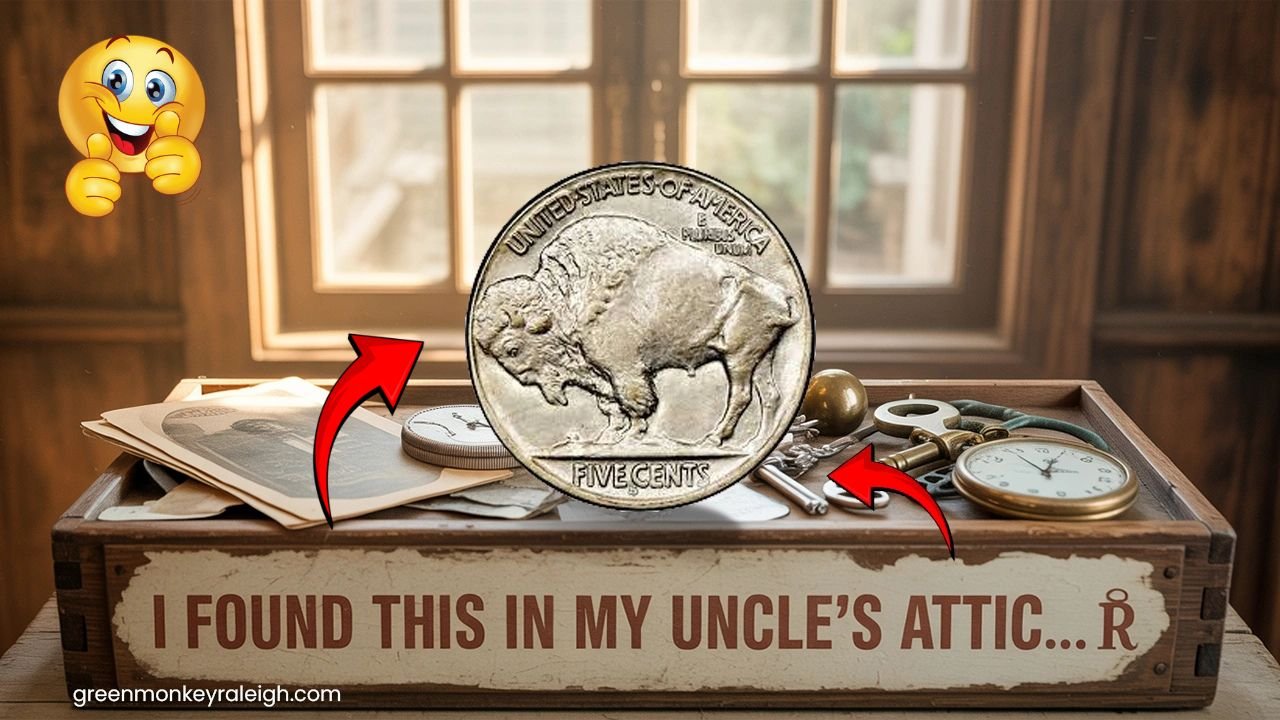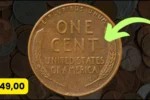How Buffalo Nickel Sparked My Curiosity About American History: It all started on a lazy Sunday afternoon when I was cleaning out an old wooden box my grandfather left behind. Among the dusty coins and faded photographs, there it was—a small, worn coin with a majestic buffalo on one side and the profile of a Native American on the other. I didn’t know it then, but this little coin would send me down a rabbit hole of American history that I never expected.
The First Glimpse of a Forgotten Era
Holding the Buffalo Nickel in my hand felt like holding a piece of time. The design was unlike anything I had seen in modern coins. It wasn’t just a currency; it was a work of art. The Native American figure looked proud and strong, and the buffalo reminded me of the wild, untamed lands of early America. I couldn’t help but wonder about the story behind it. Who made it? Why did they choose these images? What was happening in America when this coin was used every day?
Learning About the Creator, James Earle Fraser
My search led me to James Earle Fraser, the sculptor who designed the Buffalo Nickel in 1913. I was fascinated to learn that Fraser grew up in the American Midwest, where he saw Native Americans and buffalo firsthand. This explained why the coin felt so authentic and powerful. Fraser wanted to capture the spirit of the American frontier, and he succeeded beautifully. His design wasn’t just artistic; it carried meaning, telling a story of a people and a place on the verge of change.
The History of the Buffalo Nickel
The Buffalo Nickel, officially called the Indian Head Nickel, was minted from 1913 to 1938. It was introduced to replace the Liberty Head Nickel, and its bold new design shocked and delighted people. During its 25 years in circulation, it passed through countless hands, from farmers and shopkeepers to travelers crossing the country. As I imagined all the lives that touched this coin, I felt connected to those decades of American life.
A Glimpse Into Early 20th Century America
The years the Buffalo Nickel was in use were a time of incredible transformation in the United States. Automobiles were replacing horse-drawn carriages, cities were growing rapidly, and new immigrants were arriving in waves. The buffalo itself had nearly vanished from the plains, hunted almost to extinction. The Native American face on the coin reminded me of how indigenous cultures were struggling to survive in a rapidly changing world. Suddenly, this little nickel was a doorway to understanding the complex and sometimes painful history of America.
How This Coin Changed My View of History
Before finding the Buffalo Nickel, history felt like a list of dates and names in textbooks. But holding the coin made it real. It wasn’t just about presidents and wars; it was about everyday people, their stories, and the objects they used. I realized history lives in the smallest things—like coins, letters, and photographs. This sparked a new passion in me to learn about the past, not as dry facts but as a collection of human experiences.
Table: Key Facts About the Buffalo Nickel
| Feature | Details |
|---|---|
| Designer | James Earle Fraser |
| Years Minted | 1913 – 1938 |
| Front (Obverse) | Native American profile |
| Back (Reverse) | American Bison (Buffalo) |
| Official Name | Indian Head Nickel |
| Composition | 75% Copper, 25% Nickel |
FAQs
What is a Buffalo Nickel worth today?
The value depends on its condition and mint year. Common ones are worth a few dollars, while rare versions can fetch hundreds or even thousands of dollars.
Why is it called the Buffalo Nickel?
It gets its name from the American bison on the reverse side. Interestingly, the animal is technically a bison, but “buffalo” became the popular nickname.
Who is the Native American on the coin?
The face is a composite of several Native American chiefs Fraser met, not one single person. He combined their features to honor all Native peoples.




